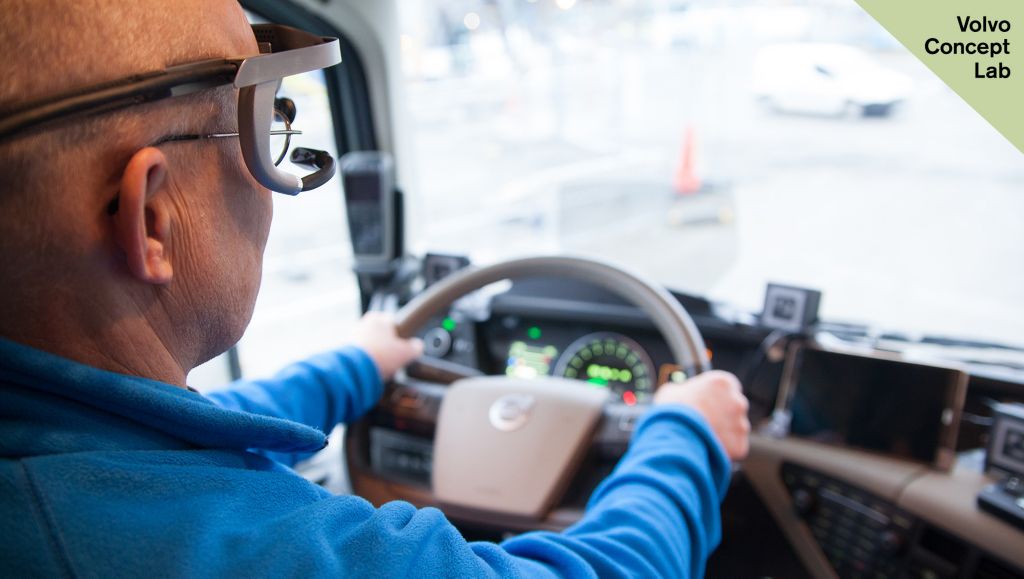Head-up display makes truck drivers look up


This technology has been around for quite some time and is widely used in cars. Despite this, experts in the field believed that it was impossible to create a display of this kind for trucks. The technical problems were thought to be insurmountable, but Roberson and his team have proved the opposite.
The challenge is that the human factors requirements of a truck are much more complex than those of a car, because the display is presented at a different angle and it has to withstand powerful vibrations and accommodate physical packaging limitations. Roberson and his team have created the largest display ever produced, with visibility seven times greater than that in a car and a projected image that is twice as large.
When the technology is in place, the next step will be to develop the information strategy. This involves deciding what information to display and, more importantly, when to display it, in order to support and not distract the driver. The Volvo Group has experience and expertise in planning the provision of information to ensure that the driver does not see a message on the dashboard or windscreen in situations where his attention needs to be elsewhere, for example, when driving through a busy intersection. But there is still more research to be done.
“Visual distraction is a major road safety concern. It’s when you get distracted accidents happen,” says Peter Kronberg, Safety Director and spokesperson for traffic safety at the Volvo Group. His view is supported by recent advances in understanding behavior and inattention based on naturalistic driving studies in which driver behavior is monitored in everyday driving conditions.
“Providing essential information to the driver using head-up display technology may allow the driver to focus on the road ahead. But the head-up display may have a very different impact on the highway and urban driving, and that’s why the concept development and research are so important” he continues.
In SHRP2, the world’s largest research study of traffic safety of its kind to date, the Volvo Group is involved in evaluating data corresponding to 3000 years of driving. “It’s a massive source of information and it will help us to develop even better ways to support drivers. Our approach to safety is human-centric and our aim is to provide the driver with the best possible support, to make interaction easier and safer,” says Peter.
Part of the project involves investigating how often a driver looks away from the road whilst driving and what types of information are valuable to drivers. The next step will consist of road trials to test the technology over a longer period of time. The system is likely to be equally useful to bus drivers and construction machinery operators.
Head-up displays are one of the safety concepts involving visual interaction HMI* that are under consideration by the Volvo Group and if they become reality, Roberson believes that the technology can be developed further. “The next step will be to use the entire windscreen as a display, which will allow direct vision to be enhanced with virtual objects. Another option is to think even bigger and use the whole cab,” he concludes.
*Human-machine interaction (HMI) is the interaction between people and different types of machines.